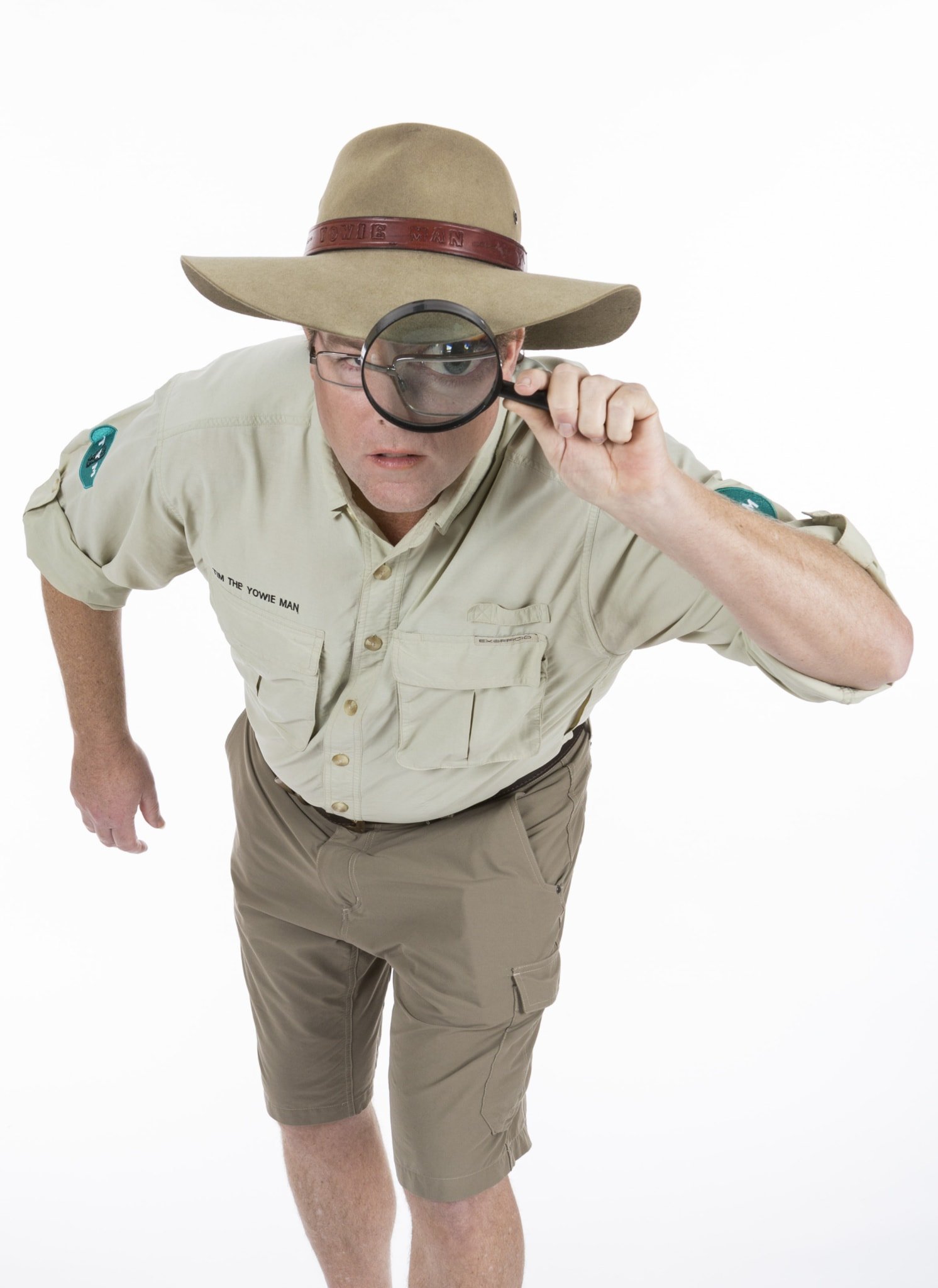The ‘flabbit’ hoax

Tim the Yowie Man
Tim the Yowie Man

According to the front-page exposé, Hawkesbury River councillor Roy Rotherham had discovered several strange unidentified creatures in a remote swathe of wilderness in Wollemi National Park in New South Wales.
“I have seen them flap their wings and fly over little rocks like a quail,” Rotherham told the tabloid. The cryptic creature was promptly nicknamed the “flabbit”. Not surprisingly, the discovery was met with widespread scepticism, which Rotherham combated by releasing several photos of said creature. Sure enough, it looked just like a rabbit with wings. International media and tourists immediately flocked to the area, desperate to catch a glimpse of the elusive creature. But there was a reason the flabbit looked so much like a rabbit with wings – that’s exactly what it was. Three days after the flabbit made headlines, Rotherham confessed it was a hoax that just “got out of control”.
“I started off doing it for the small children because it gave them something to believe in,” he said. “After it started to snowball, I thought of what a tremendous boost it would be for tourism in the area. It was easy to set up. All I did was stuff a rabbit and stick on some feathers.” Oh dear. Who’d have thought?
Despite being exposed as a fraud, the flabbit had momentum and before long records, T-shirts and other souvenirs were being snapped up by loyal locals and open-eyed tourists. Even today, some 37 years after the hoax, if you wander into the Hawkesbury Regional Museum in Windsor, the first exhibit you will encounter is a cabinet that harbours not one, but two of the legendary flabbits.
“Children are particularly enamoured of them; however, visitors of all ages ask if they are real,” says Elissa Blair, the museum’s acting director.
Although Rotherham died in 2021, aged 82, his legacy lives on. Shortly after his death, his daughter Jo-Anne Fahey told the Hawkesbury Gazette that “with a bit of light-hearted fun, we can get kids to challenge what is real and not real, and enquire through science what is really possible”.
Rotherham’s death also hasn’t stopped the museum from marketing its biggest drawcard.
“The flabbit is a bit like our museum mascot. We still have flabbit merchandise and we regularly feature the flabbit as the basis of school-holiday activities,” says Elissa.
In the late 1990s, I was rather taken by the sight of a similar “rabbit with wings” at a pub in Stuart Town in the Central West of NSW. The publican was coy about its origins, and the specimen has long since vanished. I’ve often wondered if it was a copycat case of Roy Rotherham’s fabled flabbit. Someone must know.

